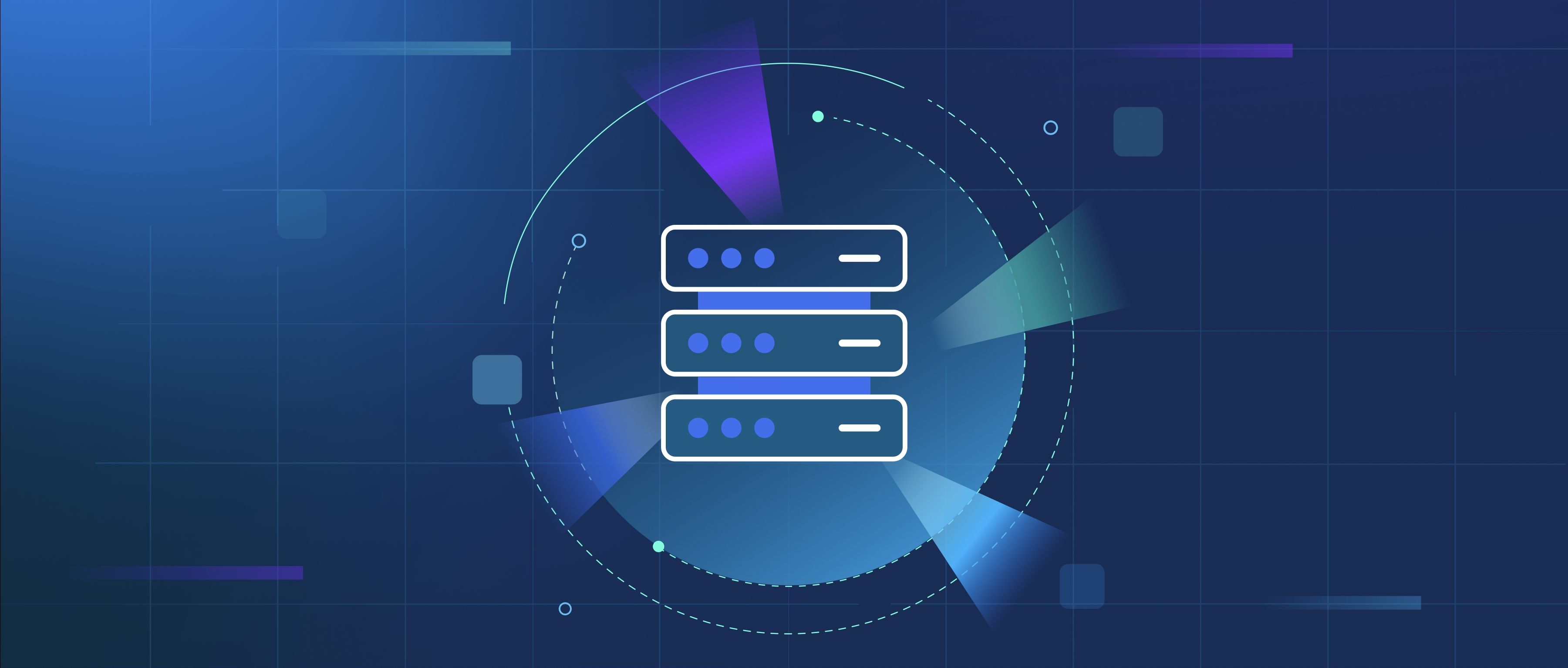In an interactive RAG (Retrieval-Augmented Generation) system like a chatbot, acceptable latency typically ranges between 1-3 seconds for end-to-end response generation. Users expect near-instant interactions, and delays beyond 3 seconds risk disengagement. This target balances the computational complexity of retrieval (searching a knowledge base) and generation (producing a coherent answer). For example, a chatbot answering customer support questions must feel responsive, even when handling multi-step reasoning. To achieve this, both retrieval and generation phases need optimization, as their combined latency determines the user experience.
Optimizing Retrieval Latency: Retrieval involves searching a dataset or knowledge base for relevant context. To keep this phase under 500ms-1s, use efficient vector search engines like FAISS or HNSWlib, which approximate nearest-neighbor searches with minimal accuracy loss. Precompute embeddings for your knowledge base to avoid runtime overhead. Limit the search scope by partitioning data (e.g., filtering by topic first) or using metadata tags. For example, a legal chatbot might filter documents by jurisdiction before running a vector search. Caching frequent queries or common retrieval results can also reduce latency for repetitive requests. Finally, ensure retrieval hardware (e.g., GPUs for embedding models) is scaled to handle concurrent requests without bottlenecks.
Optimizing Generation Latency: The generation phase (e.g., using an LLM like GPT-4 or Llama) should ideally stay under 1-2 seconds. Use smaller, distilled models (e.g., GPT-3.5-turbo instead of GPT-4) or quantized versions of open-source models (e.g., a 4-bit quantized Llama). Techniques like speculative decoding (predicting multiple tokens ahead) or paged attention (optimizing GPU memory usage) can accelerate inference. For example, a chatbot using a 7B-parameter model on a GPU with TensorRT optimizations can generate responses faster than a larger 13B model. Parallelize token generation where possible, and stream partial responses to the user to create a perception of lower latency. Additionally, precompute common responses or templates for frequent queries to bypass full generation cycles.
Ensuring End-to-End Performance: Profile both phases to identify bottlenecks. Tools like tracing (e.g., OpenTelemetry) can measure retrieval vs. generation time. Use asynchronous pipelines where retrieval and generation run in parallel—for instance, starting generation as soon as the first relevant context is retrieved. Load-test the system with tools like Locust to simulate peak traffic and validate latency under stress. If retrieval is consistently slow, consider scaling your vector database horizontally; if generation lags, optimize model architecture or hardware allocation. Trade-offs between accuracy and speed (e.g., reducing retrieved context length) may be necessary, but user testing can help define acceptable thresholds.
